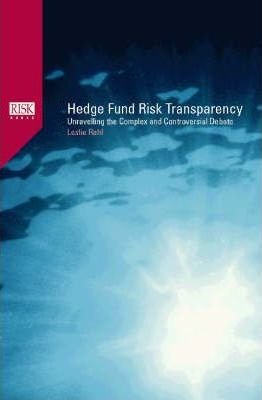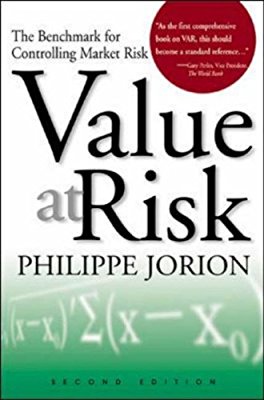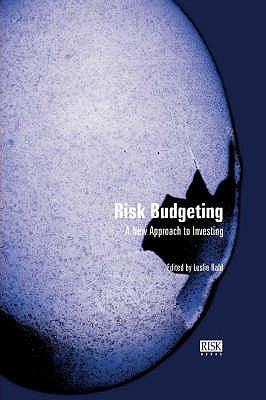Table of Contents
Introduction by Leslie Rahl and Peter Niculescu
Chapter 1
Risk Governance and Risk Appetite Statements
Leslie Rahl and Peter Niculescu
Chapter 2
Value-at-Risk: a dissenting opinion
Stephen Rahl
Chapter 3
Holistic Risk Budgeting
Richard Horwitz
Chapter 4
Theory of Risk Budgeting
Richard Horwitz, Erin Simpson and Terry Smith
Chapter 5
Risk Budgeting for Active Investment Managers. The Green Zone: Assessing the Quality of Returns
Robert Litterman, Jacques Longerstaey, Jacob Rosengarten and Kurt Winklemann
Chapter 6
Pension Funds and Incentive Compensation: A Story Based on the Ontario Teachers' Experience
Barbara Zvan
Chapter 7
Risk Budgeting for Banks
Leslie Rahl and Nick Le Pan
Chapter 8
Risk Budgeting in the Evolution of Insurance Company Risk Management
David Tyson
Chapter 9
Hedge Fund Risk Budgeting
Richard Horwitz
Chapter 10
Private Equity Risk Budgeting
Richard Horwitz
Home > Insights > Risk Appetite, Second Edition
Risk Budgeting - Risk Appetite and Governance in the Wake of the Financial Crisis
Edited by Leslie Rahl, Capital Market Risk Advisors
The second edition of Risk Budgeting expands upon its original themes to encompass risk appetite and risk governance, the importance and visibility of which have increased exponentially in the wake of the financial crisis.
While risk budgeting was just emerging as a best practice for pension funds and asset managers when the first edition was published in 2000, there have been many developments since, the prime example being the 2007/8 financial crisis, which cast a shadow over the quantitative techniques and tools used to mitigate and budget for risk up until that point. As Leslie Rahl herself says in the book's “Introduction”, the years subsequent to the crisis (which also saw the collapse of Bear Stearns, the bankruptcy of Lehman Brothers, and the federal takeover of Fannie Mae) fundamentally changed the landscape of risk management to such a degree that the original methods of approaching risk have become obsolete.
This altered financial environment has made the industry much more conscious of the need to embed risk allocation into their traditional strategic planning processes. New regulations such as Basel III were introduced, representing a new approach to risk (particularly attitudes towards VaR and liquidity measures). A new examination of the topics discussed in the first edition of Risk Budgeting is clearly due.
Risk Budgeting, the second edition, is a fully updated accessible guide which includes new chapters such as:
Risk Budgeting in the Evolution of Insurance Company Risk Management
Holistic Risk Budgeting
Value-at-Risk: a dissenting opinion
Risk Appetite Statements and Risk Governance
This timely second edition is necessary reading for all practitioners, from CEOs, CROs and CIOs to portfolio managers, regulators and risk professionals across a variety of industries such as pension funds, hedge funds, insurance companies and banks.




